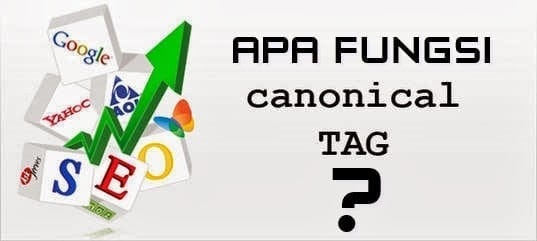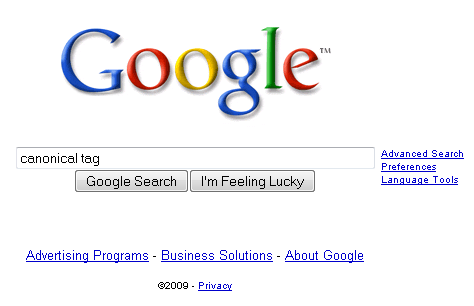 Reading Time: 3 minutes
Reading Time: 3 minutesThis is search engine optimization tip number twenty eight in our continuing series of Search Engine Optimization tips. All our search engine optimization tips are meant to be specific in nature, they will not take that long to review, and are directly to the point. This search engine optimization tip has to do with the canonical tag that has been endorsed by Google and Bing.
Contents

Not following along with our SEO Tips? You might want to take a look at the recap of search engine optimization tips we have posted in the past few months. There are a lot more search engine optimization tips coming in the future. In fact, to keep up with these SEO tips you might want to subscribe to our SEO RSS Feed.
A while back you might recall that we talked about fixing duplicate content on your website and how duplicate content can have a direct impact on your website’s ability to rank well in the search engines. The new canonical tag is a new effort by the search engines to help us fix duplicate content on our websites.
What does the Canonical Tag do?
For any page on your website, the canonical tag sets the preferred URL. This is useful for situations where your content management system uses various URLs for the same page or you have pagination for multiple pages of the same article or topic. The search engines really dislike duplicate content. This tag can assist with letting the engines know that the content appearing on multiple URLs is the same and directing their indexing appropriately.
Using the canonical tag tells the search engines to consolidate indexing of duplicate content to a single URL. We’re also informing the search engine which URL is the one to use for calculating rank.
How to Implement the Canonical Tag
Implementing the canonical tag is no harder than applying a meta tag. In many cases, it may be more difficult to determine where duplicate web pages on your site exist and which page you really want indexed and which URLs you want the search engines to ignore. If you’re having trouble with this, feel free to contact us and we can certainly point you in the right direction. You may also want to look back at our fix duplicate content blog post as a reference, as well.
Matt Cutts explains the canonical tag like this:
The syntax is pretty simple: An ugly url such as http://www.example.com/page.html?sid=asdf314159265 can specify in the HEAD part of the document the following:
That tells search engines that the preferred location of this url (the “canonical” location, in search engine speak) is http://example.com/page.html instead of http://www.example.com/page.html?sid=asdf314159265 .
There also is a good video that was done with Matt Cutts and Web Pro News regarding the canonical tag that you might want to view, as well. Also, take a look at the Google help topic on the canonical tag.
The bottom line is that this new canonical tag can be helpful. But, keep in mind that I highly recommend that you do everything possible to remove the duplicate content on your web site before you resort to using the canonical tag.
At Vizion Interactive, we have the expertise, experience, and enthusiasm to get results and keep clients happy! Learn more about how our SEO Audits, Local Listing Management, Website Redesign Consulting, and B2B digital marketing services can increase sales and boost your ROI. But don’t just take our word for it, check out what our clients have to say, along with our case studies.




